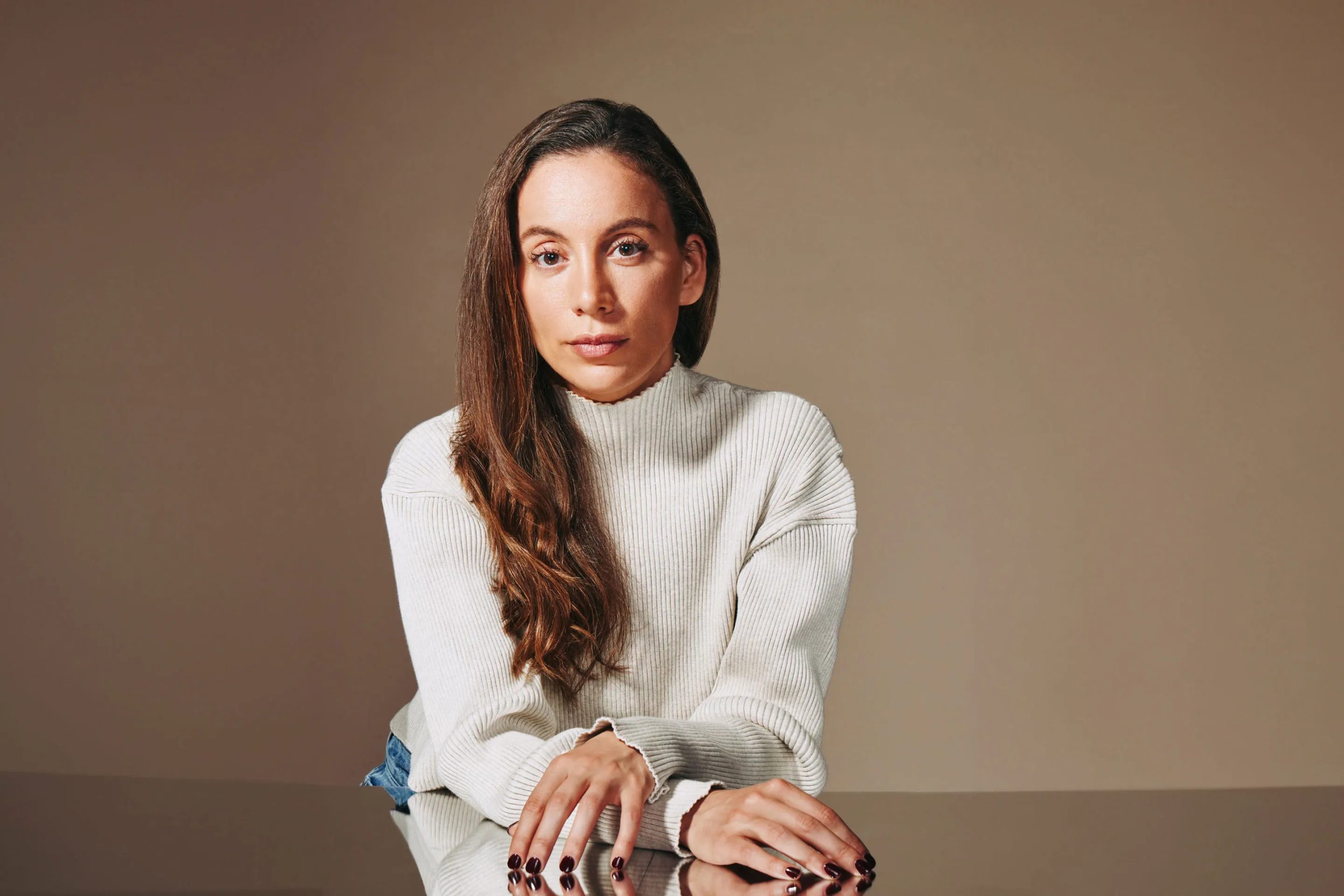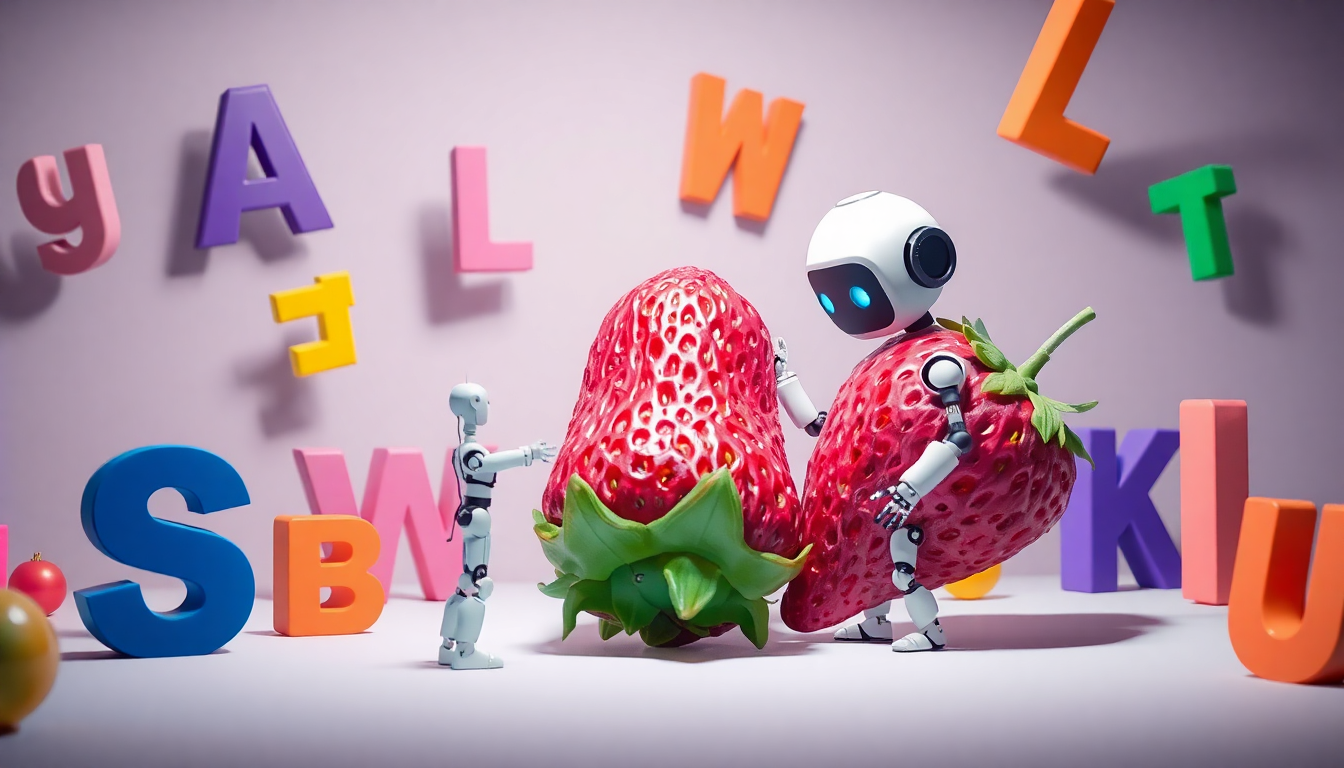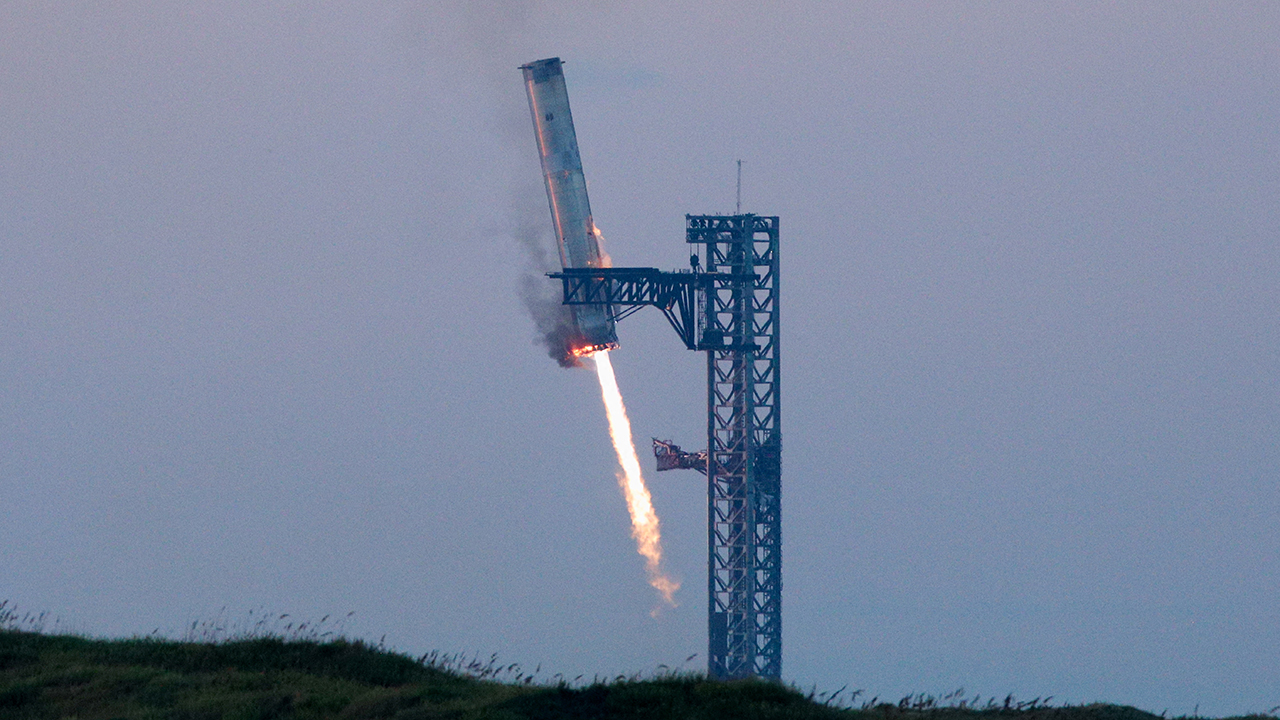It’s official: Mira Murati, the Chief Technical Officer of OpenAI, has resigned, and if you’re like me, you’ve probably got one burning question: Why? With OpenAI’s rapid ascent to the top of the AI world and a valuation skyrocketing from $20 billion in 2022 to a whopping $157 billion, her sudden departure has left everyone in the tech world buzzing with speculation. What went wrong in the company that was supposed to lead the AI revolution into the future?
If you’ve been following the AI scene, especially the internal drama surrounding OpenAI, you know that things haven’t been all smooth sailing for the industry giant. Ever since the ousting of CEO Sam Altman, a domino effect of internal conflict and controversy has plagued the company. First, it was the now-infamous departure of Ilya Sutskever, one of OpenAI's co-founders, which seemed to unravel the very fabric of OpenAI’s leadership. Now, the resignation of Mira Murati on September 25th has sparked even more questions.
What exactly happened behind those closed doors? And more importantly, what does this mean for OpenAI, AI safety, and the broader tech industry? Let’s dive in, and I promise I’ll pull no punches.
Why Did Mira Murati Resign?
In a letter to OpenAI, Murati described her decision to leave as a tough but necessary move, saying, “There’s never an ideal time to step away from a place one cherishes.” Heartfelt? Sure. Satisfying for the tech community? Absolutely not. The AI world is demanding more. Why now? What really pushed the Chief Technical Officer out the door?
Well, as it turns out, there might be more to the story. According to a recent report from The Hollywood Reporter (yes, even Hollywood is getting in on this AI drama), sources within OpenAI claim that Murati had been struggling to slow down the accelerationist tendencies of CEO Sam Altman and President Greg Brockman.
It’s not exactly a secret that OpenAI has been releasing new products and features at an alarming pace—everything from GPT-4 to the voice-driven models and the highly anticipated "O model." The shift from a nonprofit to a for-profit model has been a game-changer, and Murati may have been the last line of defense slowing down a seemingly unstoppable push toward commercialization. With her gone, some speculate that nothing now stands between Altman, Brockman, and the aggressive rollout of potentially unsafe AI technologies.
From Open and Safe to Open for Business?
Let’s not forget that OpenAI’s entire pitch was to be open, safe, and responsible—setting it apart from other tech giants like Google. In fact, they had a higher calling: ensuring AI was used ethically and for the greater good. But now, it seems like the pursuit of profit may have led them straight into the traps they were trying to avoid.
Does anyone else feel like this storyline is starting to mirror those classic tech cautionary tales? You know, the ones where startups promise the world and end up selling their souls at the altar of profitability? It’s starting to feel like OpenAI could become the new cautionary tale, except this time it’s AI, not search engines or social networks, that could rewrite the rules of humanity itself.
As far as Murati is concerned, it looks like she saw the writing on the wall. She reportedly stayed on after the November fallout to slow things down from the inside, to make sure OpenAI’s acceleration didn’t spin out of control. But with safety concerns taking a backseat to the relentless drive for more product launches and profit margins, it appears she felt her battle was no longer winnable.
A Resignation That Speaks Volumes
Think of Murati’s resignation like a chess move. By stepping away, she isn’t just leaving OpenAI. She’s sending a message. And that message is: We might be in trouble. The way I see it, this move was made to draw attention to the growing dissonance between OpenAI’s mission and its current trajectory.
Murati wasn’t just any executive; she was the Chief Technical Officer, which means she had her hands in every piece of tech coming out of OpenAI. If she thinks the pace of development is reckless, we should all be concerned. After all, this is the person responsible for ensuring that AI advances responsibly.
But here’s the stunner: With her departure, there’s no one left to pump the brakes. Altman and Brockman, the guys at the helm, are all about pushing the boundaries, accelerating the release of AI technologies, and exploring uncharted territory. Some might argue that this is what innovation looks like—pushing ahead, no matter the risks. But let’s not forget that unchecked innovation has led to some of the biggest downfalls in tech history.
AI Safety: The Elephant in the Room
Here’s the reality we’re facing: AI is developing at lightning speed, faster than even the experts predicted. Remember when machine learning was the stuff of science fiction? Yeah, that was only about 10 years ago. Fast forward to today, and we’ve got chatbots that can write essays, create art, and maybe even replace entire sectors of the workforce.
That’s exciting—and terrifying. Murati understood this. She, along with the entire safety and alignment team, has been trying to sound the alarm for years. But their voices seem to have been drowned out by the deafening march toward bigger profits and faster releases.
Murati’s departure leaves a vacuum in the one area that matters most—AI safety. With the alignment team shrinking and the company moving full steam ahead, there’s growing concern that OpenAI’s new leadership isn’t prioritizing ethical considerations anymore. Instead, it seems like they’re chasing market dominance.
The Bigger Picture: AI and the Future of Humanity
If you think this is just another tech drama, think again. The stakes couldn’t be higher. AI is no longer just a tool—it’s a force that could reshape industries, economies, and societies. And with OpenAI leading the charge, it’s crucial that we pay attention to what’s happening behind the scenes.
Murati’s resignation is a wake-up call. It’s a reminder that while we’re racing toward AI-driven futures, we need to slow down, take stock, and make sure we’re building a future we actually want to live in.
Are we prepared for the social, economic, and ethical challenges that AI will bring? Can we trust a company that appears to be putting profits ahead of safety to guide us into this new era responsibly? And, perhaps most importantly, how do we ensure that we, as humans, remain in control?
The Real Threat: Unchecked AI Development
If Mira Murati’s departure signals anything, it’s that the road ahead is fraught with danger. Without someone like her fighting for safety and ethics, we could find ourselves facing a future where AI no longer serves humanity, but rather controls it.
This isn’t just speculation. Look at what’s happening already—AI is reshaping entire industries, from healthcare to education to finance. As AI systems become more autonomous and more integrated into our daily lives, the potential for harm grows exponentially. What happens when these systems make decisions that even their creators don’t fully understand?
Murati’s resignation should serve as a stark warning: if we don’t address these issues now, we could find ourselves in a world where AI calls the shots.
Where Does OpenAI Go From Here?
So where does this leave OpenAI? Will they continue to push ahead at breakneck speed, releasing new products without fully considering the consequences? Or will Murati’s resignation spark a renewed focus on safety and ethics?
At the end of the day, the future of AI is still unwritten. But one thing is certain: the decisions made at companies like OpenAI will shape the world for generations to come. And with the departure of one of the key figures in AI safety, we should all be paying close attention to what happens next.
What do you think? Is OpenAI moving too fast for its own good? Should we be more concerned about AI safety, or is this just the price of progress? Let me know your thoughts in the comments.
And while you’re here, consider joining the iNthacity community. Become a permanent resident—heck, why not go all in and become a citizen of the “Shining City on the Web”? Apply now, and join the conversation that could shape the future of technology.
Apply for Citizenship in iNthacity: The Shining City on the Web



















Post Comment
You must be logged in to post a comment.